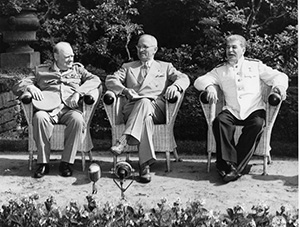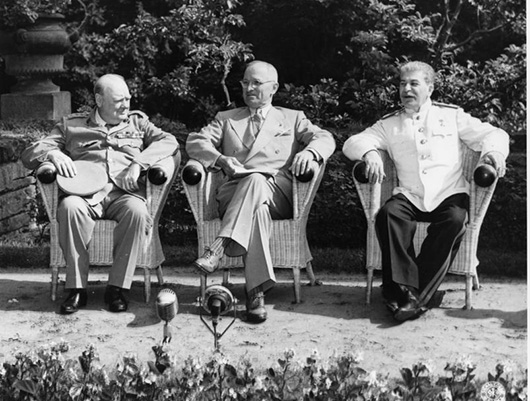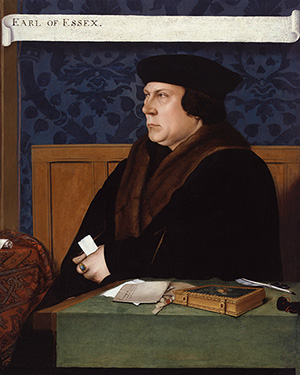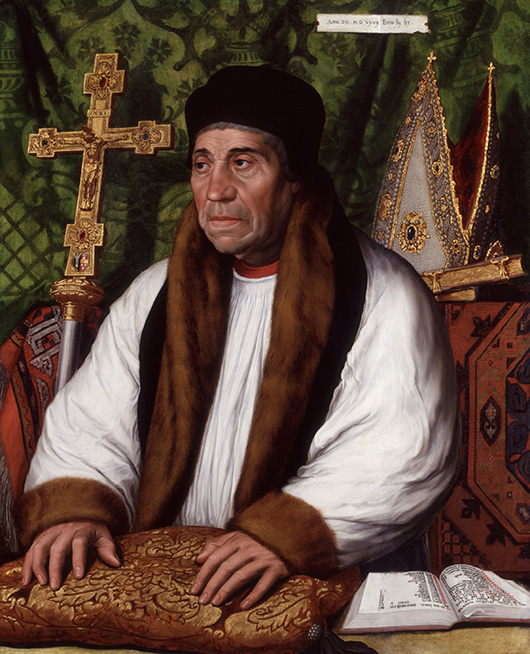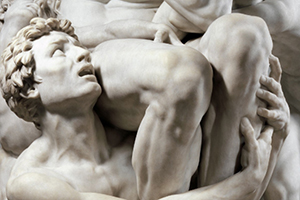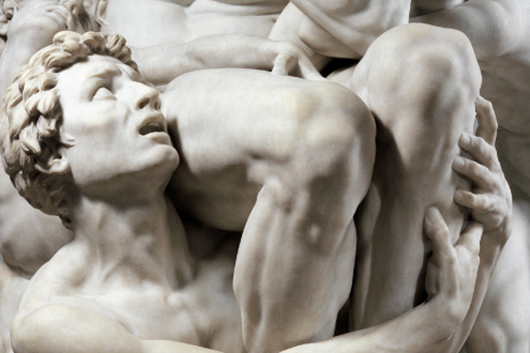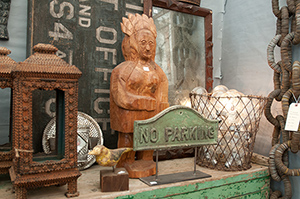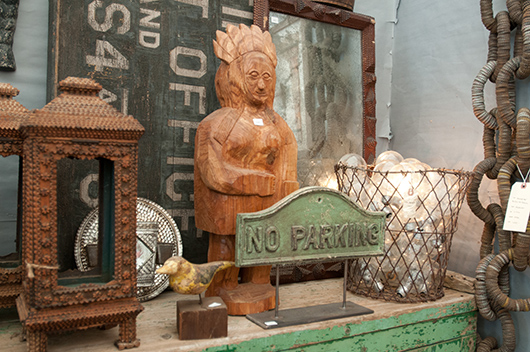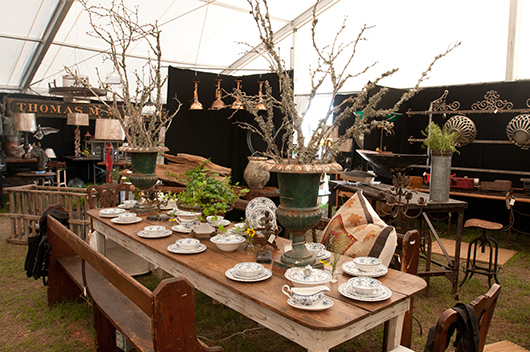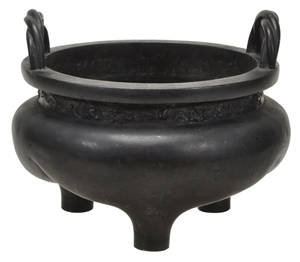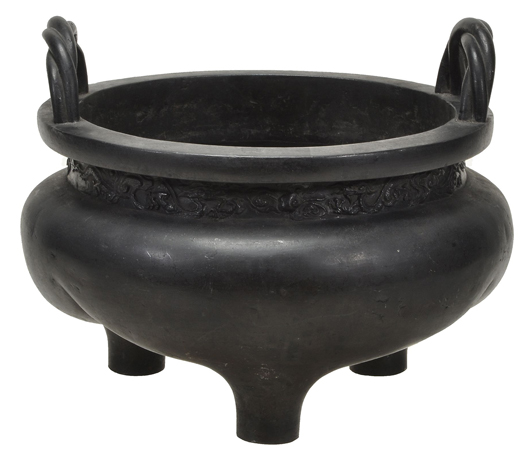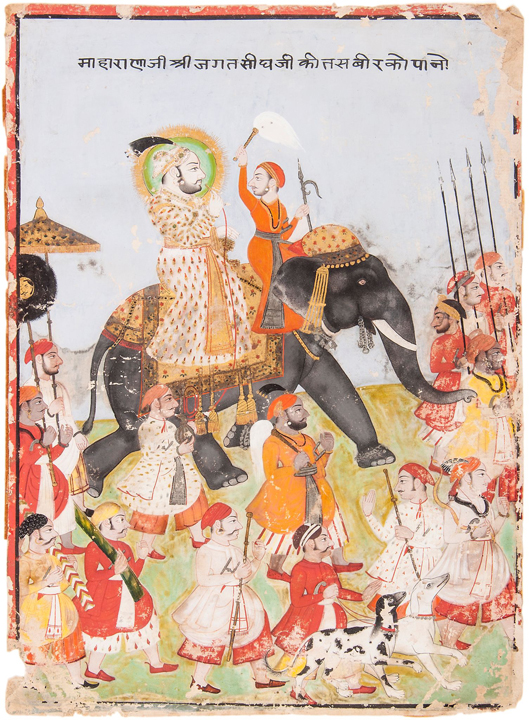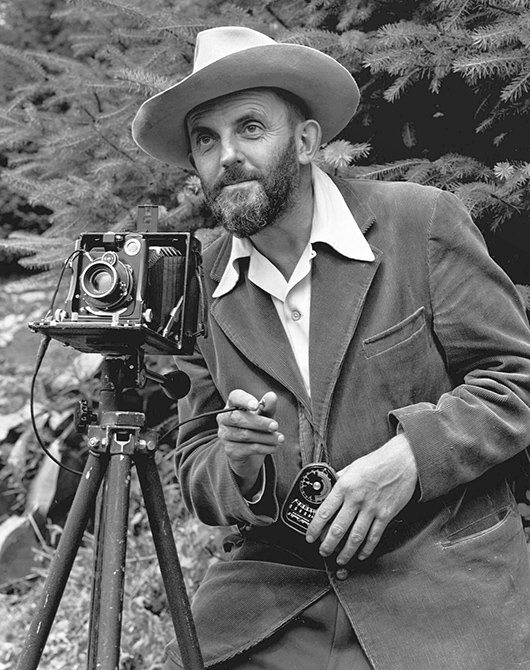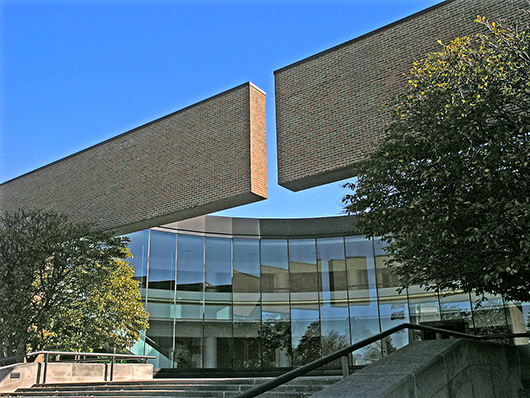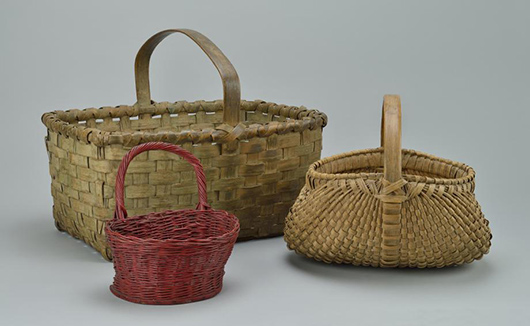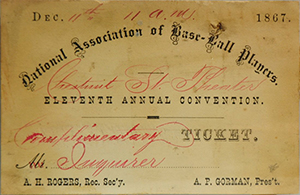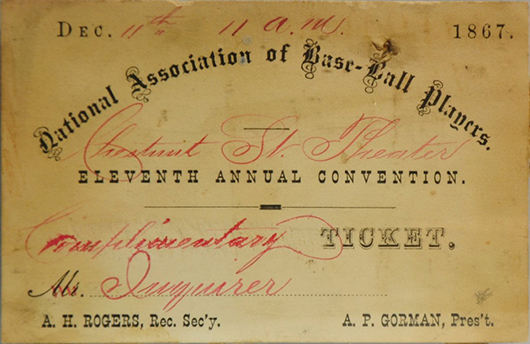
Dreweatts & Bloomsbury Auctions sold this rare architectural eight-day longcase clock by Joseph Knibb for £542,000 ($899,341). Dreweatts & Bloomsbury image. LONDON – A rare architectural eight-day longcase clock by Joseph Knibb doubled its estimate at auction March 11 in Dreweatts & Bloomsbury Auctions sale of Fine Clocks, Barometers, Scientific Instruments & Horological Books in Donnington Priory. The clock sold for an impressive £286,800 ($475,882), bringing the sale total to £542,000 ($899,341).
Internet live bidding was facilitated by LiveAuctioneers.com.
“We and the vendor are delighted to with this exceptional result which befits the importance of the clock,” said Leighton Gillibrand, Dreweatts & Bloomsbury Auctions head of clocks, barometers and scientific instruments.
Possibly the earliest of Joseph Knibb’s work, the clock was produced during his time in Oxford and is dated as circa 1665-7. Only three other examples are documented from his time in Oxford, all of which are significantly different from each other, suggesting Knibb was undertaking a period of experimentation while there in his early career.
He later moved to London where he became known for his experimentation with alternative striking, as well as long duration clocks. Conforming much more to his London contemporaries, the example that sold at Dreweatts and Bloomsbury arguably predates his more innovative clocks from that time, suggesting this could be the earliest surviving clock made by Knibb, and a rare example of an early architectural longcase made in Oxford [Lot 143].
Elsewhere in the sale, a fierce bidding battle saw a silver mounted gilt brass petit sonnerie carriage clock sell on the phone for £32,240. The clock by Le Roy and Fils, Paris, circa 1885, included a perpetual calendar, moonphase, alarm and push-button quarter repeat [Lot 76].
Also exceeding its estimate was a fine Victorian gilt brass mounted giant carriage clock with push-button hour repeat by Dent London. It sold for £27,280 [Lot 78].
Bidders in the room, online and on the phone snapped up the Horological books that opened the sale of Fine Clocks, Barometers, Scientific Instruments & Horological Books, with a number sailing past the estimates. John Blagrave’s The Mathematical Jewel doubled its estimate, selling for £1,612 [Lot 7].
Click here to view the fully illustrated catalog for this sale, complete with prices realized.
ADDITIONAL LOT OF NOTE

Dreweatts & Bloomsbury Auctions sold this rare architectural eight-day longcase clock by Joseph Knibb for £542,000 ($899,341). Dreweatts & Bloomsbury image.


